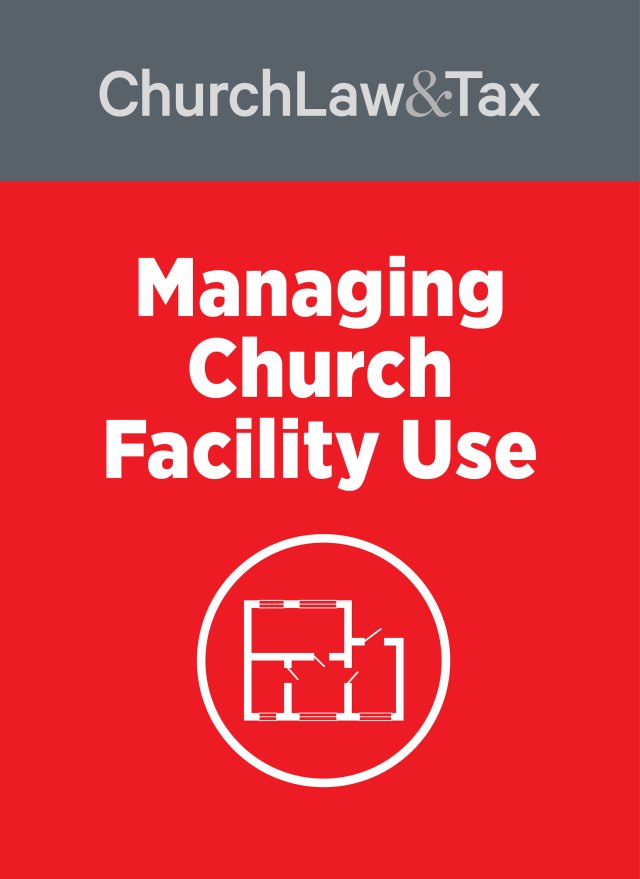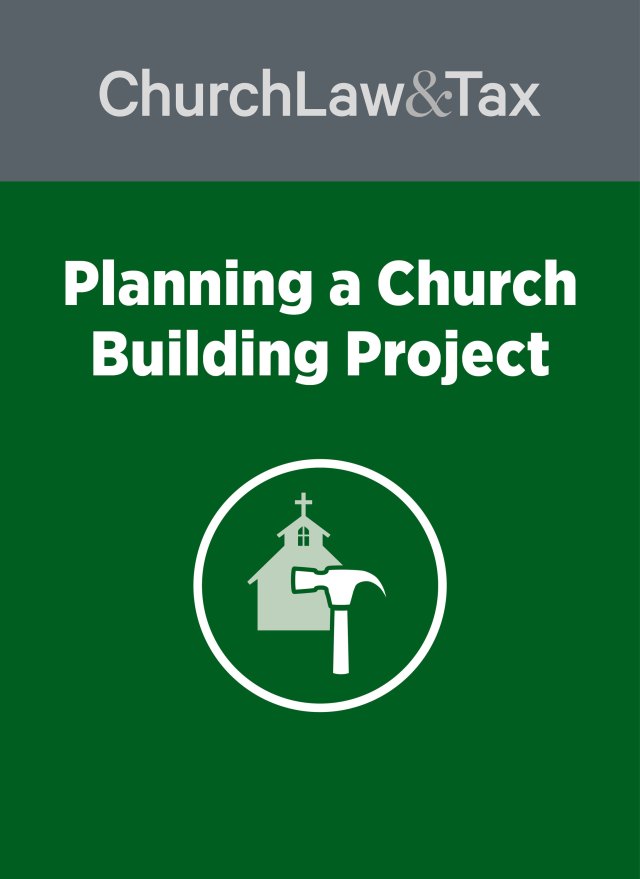• How much of a copyrighted book can a church or pastor quote from without committing copyright infringement? A federal appeals court decision provides some helpful guidance. An author wrote an uncomplimentary biography of a deceased religious leader. As the book was in the process of being published, a lawsuit was filed seeking to prevent the book from being publicly distributed on the ground that it contained sufficient verbatim quotations from the religious leader’s published writings to constitute copyright infringement. The author claimed that the verbatim quotations constituted legitimate “fair use.” The Copyright Act specifies that “the fair use of a copyrighted work … is not an infringement of copyright.” Unfortunately, the Act does not define “fair use,” but it does list 4 “factors” to consider in deciding whether or not a particular use of a copyrighted work constitutes fair use. Those 4 factors are (1) the purpose and character of the use, including whether such use is of a commercial nature, (2) the nature of the copyrighted work, (3) the “amount and substantiality of the portion used in relation to the copyrighted work as a whole,” and (4) the effect of the use upon the potential market for the copyrighted work. A federal district court concluded that the biography contained too many verbatim quotations from the religious leader’s own writings to constitute fair use, and the case was appealed. A federal appeals court ruled that the biography was a fair use of the copyrighted materials, and therefore did not constitute infringement. The court evaluated each of the 4 “fair use factors” and concluded that all of them supported the finding of fair use. With regard to the first factor, the court concluded that biographies, and particularly critical biographies, generally constitute fair use. The proposed book used quotations from the religious leader’s published writings “for the entirely legitimate purpose of making his point that [the leader] was a charlatan and his church a dangerous cult.” While the author no doubt expected to make a profit, this was a secondary purpose. As to the second factor, the court again emphasized that the proposed book was a biography, and that biographies generally constitute fair use. The court observed that “biographies, of course, are fundamentally personal histories and it is both reasonable and customary for biographers to refer to and utilize earlier works dealing with the subject of the work and occasionally to quote directly from such works.” The third fair use factor asks how much of the copyrighted work is quoted—both in terms of quantity and quality. The court concluded that only small portions of several works were quoted, rather than larger selections of any one work. Further, the portions quoted were not “key portions” of any of the books. Finally, the court concluded that the fourth factor led to a finding of fair use, since the biography would have little if any impact on the sale of the copyrighted works. In conclusion, the court observed: “The book is a critical biography, designed to educate the public about [the deceased religious leader], a public figure who sought public attention, albeit on his own terms; the book quotes from merely a small portion of [his] works and from only those that have been published; and, it will cause no adverse impact protected by the copyright law on the market for [the copyrighted] writings. In these circumstances, we conclude that the book’s use of passages from [the copyrighted] works is protected fair use.” This case contains a helpful summary of the 4 factors that the courts apply in deciding whether or not a particular use of a copyrighted work constitutes fair use. Churches often quote from copyrighted materials. Before doing so, they should consider the likelihood of their conduct being justified on the basis of fair use. For example, making a transparency of a copyrighted song will never constitute fair use, since it will fail the third factor (most if not all of the work is reproduced), and perhaps one or more of the other three factors as well. On the other hand, quoting a sentence or two out of a copyrighted book ordinarily will constitute fair use. For a complete discussion of the subject of fair use, and its application to a variety of church practices, see Richard Hammar’s Church Guide to Copyright Law, which is available form the publisher of this newsletter. New Era Publications International v. Carol Publishing Group, 904 F.2d 152 (2nd Cir. 1990).
Exceptions to Copyright Infringement
© Copyright 1991, 1998 by Church Law & Tax Report. All rights reserved. This publication is designed to provide accurate and authoritative information in regard to the subject matter covered. It is provided with the understanding that the publisher is not engaged in rendering legal, accounting, or other professional service. If legal advice or other expert assistance is required, the services of a competent professional person should be sought. Church Law & Tax Report, PO Box 1098, Matthews, NC 28106. Reference Code: m36 c0391



